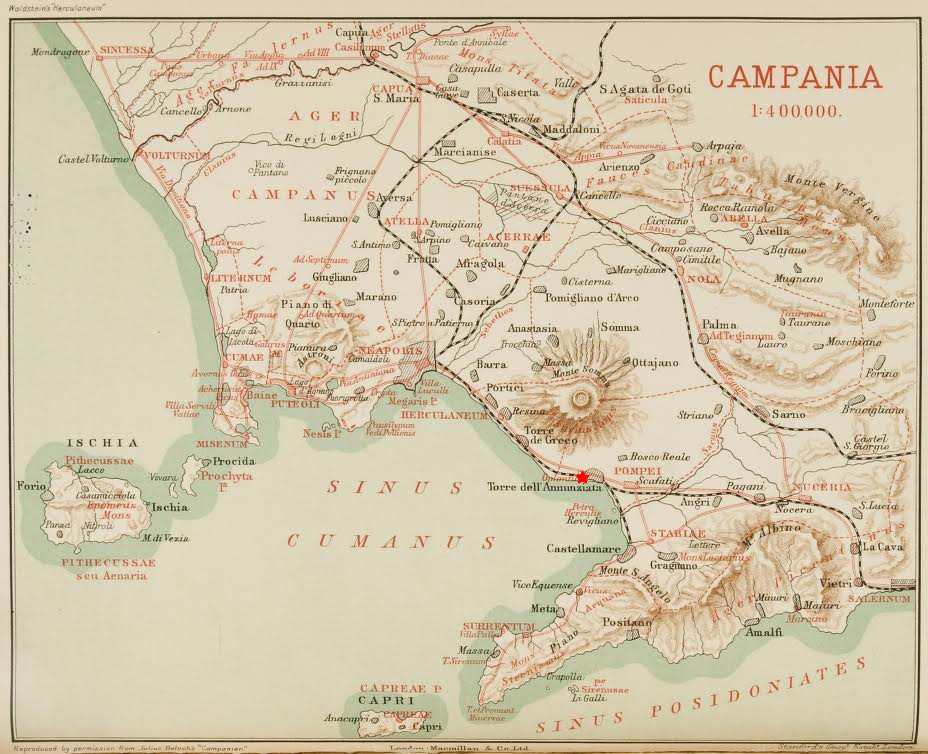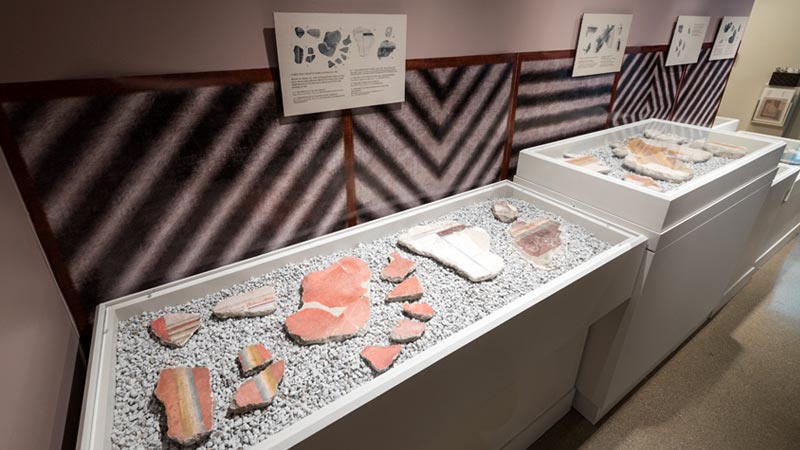Leisure and Luxury in the Age of Nero: The Villas of Oplontis near Pompeii focuses on the lavish lifestyle of ancient Rome's wealthiest citizens on the Bay of Naples from the first century BC until AD 79, when the eruption of Mount Vesuvius buried many towns and villas along the shores. Two neighboring structures at Oplontis known today as Villa A and Oplontis B (or Villa B), offer rare insights into lives of these powerful Romans and also call attention to non-elite populations whose roles were crucial to sustaining the lifestyle of the elite.
The two establishments at Oplontis were occupied in an era when the Roman social and political order was undergoing dramatic transformation. By the time Villa A was built around 50 BC, Rome's generals had conquered much of northern and western Europe, North Africa, and the Middle East. When in 31 BC Octavian defeated the forces of Mark Antony and Cleopatra, Egypt also came under Rome’s control. Taxes, indemnities, and war booty from the conquered territories yielded unprecedented monetary resources for the Roman elite, as well as human resources in the thousands of prisoners brought to Italy as slaves. These resources made possible the construction, landscaping, and operation of villas on a grand scale.
Owners of luxurious vacation homes like Villa A and their guests aspired to an idealized life of cultivated leisure (otium), away from the civic duties and bustle of life in the city and surrounded by magnificent views of the landscape and beautiful works of art. In contrast, at Oplontis B, a center of business (negotium), men and women, both enslaved and free, played various roles in the profitable trade in wine and other agricultural commodities. Rather than living in lavish villas, business owners or managers, along with their household slaves, normally lived in apartments above their workplaces, as was likely the case here.






